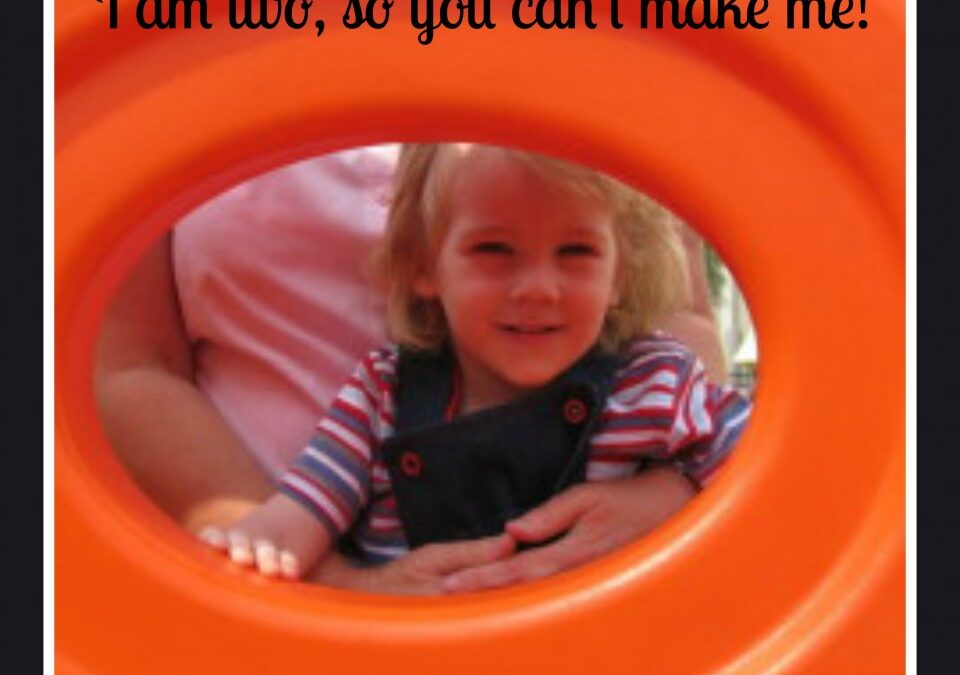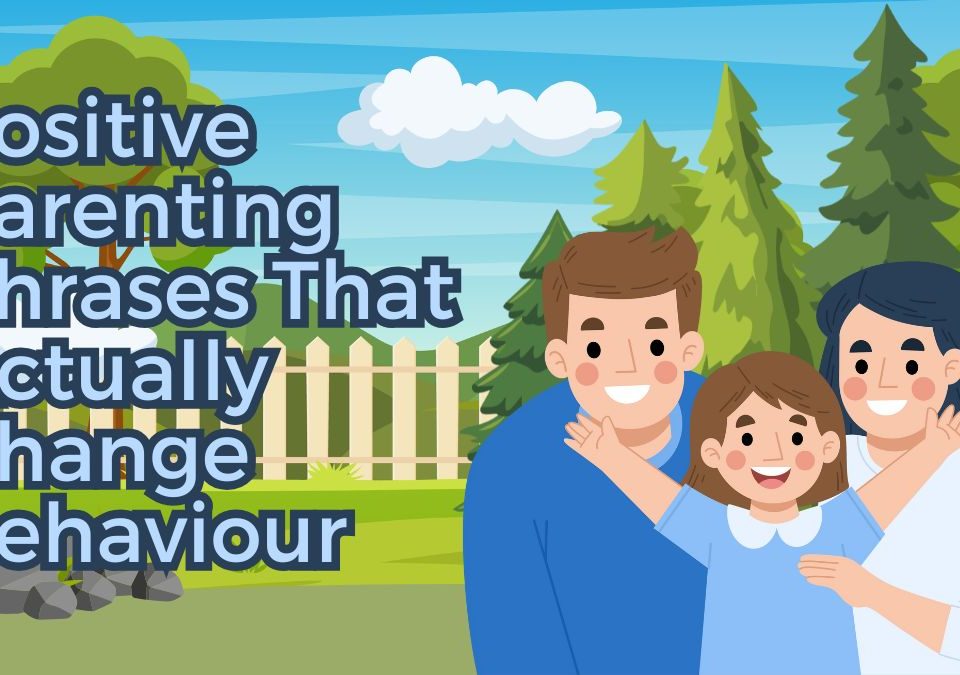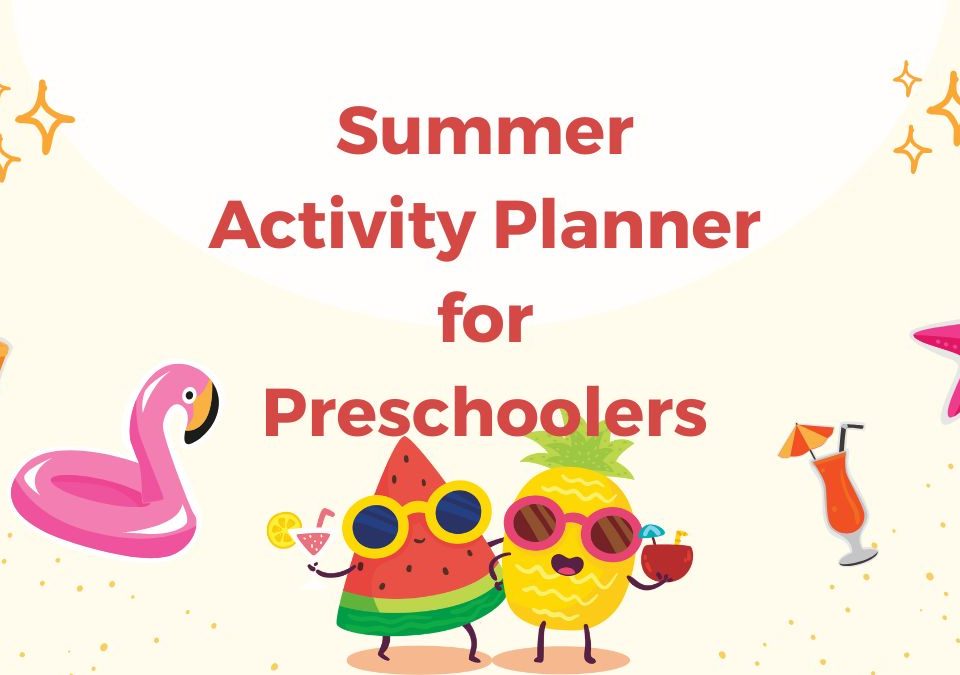
Tantrums and Tiaras

Are Potty Training Dolls Useful?

Two year olds! By the time your child is two, she will understand what you’re telling her and be able to express herself better. Now you can tell her the reason behind your instructions, “I’m don’t want you to jump on the sofa because I don’t want you to hurt yourself”. But remember that she has reached the “terrible twos“, and it is an important part of her development to push the boundaries.
Getting your toddler to behave has nothing to do with punishment.
Discipline is about teaching children what is acceptable behaviour and what isn’t.
Being two, she now begins to realise, ‘Wow, I don’t really have to do the things Mommy tells me to do.’ Your toddler is now aware that she’s an individual and that she can take control of her herself. This is good news for her development, but can cause a lot of stress for you!
‘Wow, I don’t really have to do the things Mommy tells me to do.’
So what do you do? First up you need to know how to control your toddler. Time for trying out some discipline techniques. The naughty step is a favourite amongst professionals and parents. By age two, the naughty step can be used for two minutes, that is a minute for each year of her age. Initially you will have to sit with her. After a few months, if it works well, you should be able to leave and she will usually stay there by herself. Remember to be allowed to leave the step, your toddler must apologise and mean it!
Naughty step rules
1. CALM DOWN The principal idea of time out is to take a child out of a problem situation and give her a chance to calm down.
2. WARNING! After being warned, if your child who won’t stop misbehaving, she is put by herself, away from any distractions, on a special chair / step / a designated corner of the room or other safe place. She then has to stay there for a certain number of minutes – according to her age – timed from when she is cooperating and stops misbehaving.
3. MINUTES Be certain to limit the number of minutes according to how old your child is: two minutes for a two-year-old, three minutes for three year olds and so on.
4. TALK Talk to your child about why you have given her a timeout. Make sure your child know what she’s done wrong – and why it is wrong, what she should have done so that she has a coping mechanism in place should she be faced with this problem again, and what she now has to do to make things better. I advise staying with your child on the step. Young children are learning to control emotions and need your support-even when you are angry and would rather not be there. This will help reinforce to you child, that when she is feeling angry, upset, hurt…you are there for her-she’s not alone in dealing with these scary emotions.
5. START AGAIN I advise staying with your child on the step. Young children are leaarning to control emotions and need your support-even when you are angry and would rather not be there. When the time is up and your child has genuinely apologised, have a hug and forget about the bad behaviour. Don’t bring it up again.Time served on the naughty step allows your child to start again with a clean slate.
I tell her, “Mommy’s putting you on the naughty step because you jumped on the sofa after I told you not to.” She sits there and says “I’m sorry, Mommy,” without me having to ask her.
Whatever you decide to do, remember that you are removing her from the situation and giving her time to calm down as well as to think about her behaviour. Taking her away and placing her somewhere separate will serve to teach her that any antisocial behaviour results in her being given a time out.

I am a preschool and primary school teacher and mum to 3 children. I have been involved in education since 1997 and have trained in a variety of educational specialist areas. It is with this expertise that I write articles to help parents and educators provide quality learning experiences for the children in their care.




